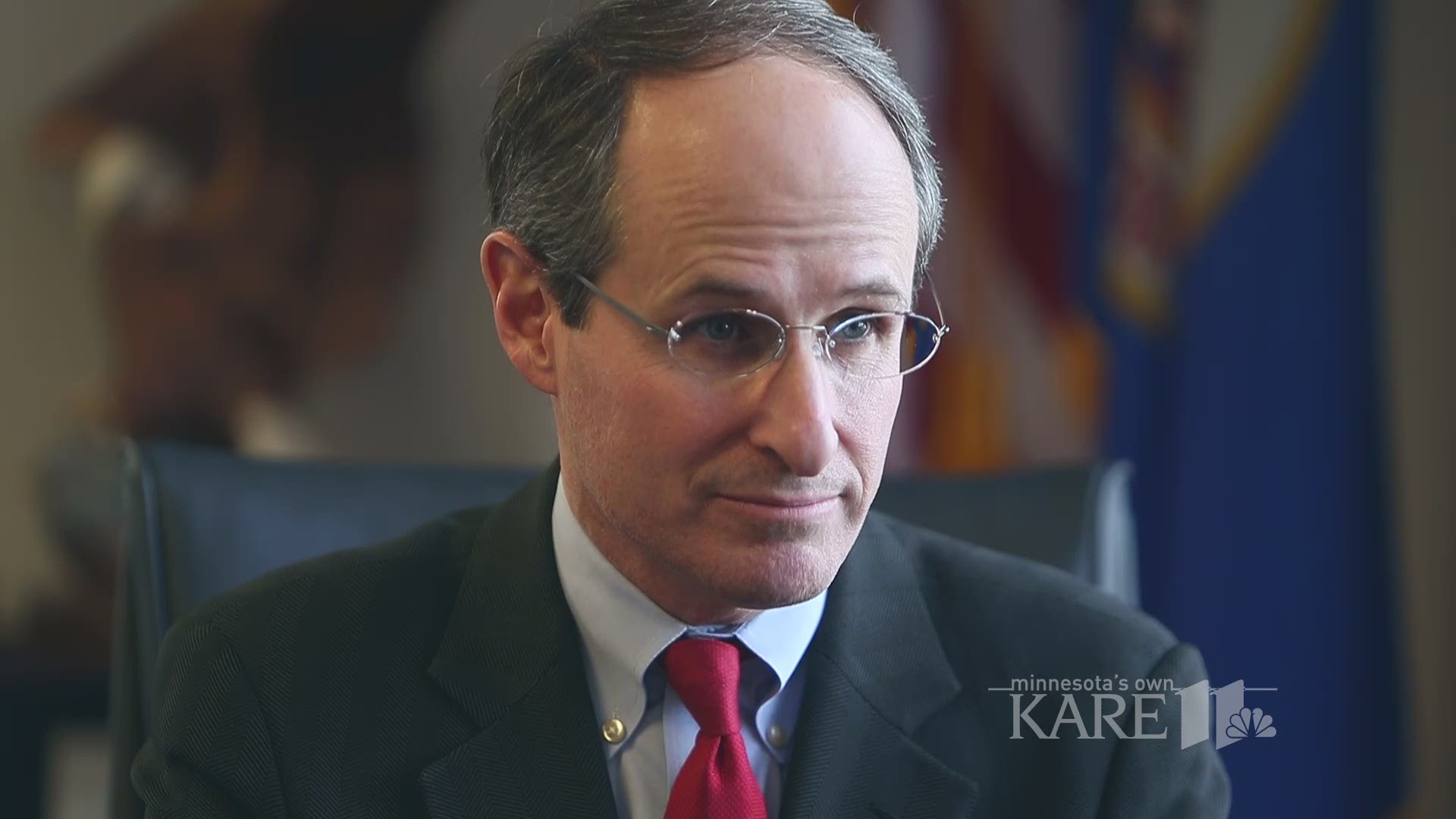ST PAUL, Minn. - KARE 11 viewer Richard Keinz asked the question "Why are gasoline prices always carried out to tenths of a cent?" Here's what KARE found out:
"It's a funny question and it's an interesting answer," said Minnesota Commerce Commissioner Mike Rothman.
The short answer goes back to the Great Depression, one year into the first federal gas tax.
"It wasn't until 1933 that we started to see the half-cent pricing," Rothman explained. "And back then it was ten cents a gallon. So the reason they did that was in 1933, Congress passed a tax of 1.5 cents. And because of that, the gas station owners decided not to either round up or round down and the consumers saw."
But Rothman said the idea that the penny could be broken down to as little as 1/10 of a cent, started with Alexander Hamilton.
Hamilton, America's first treasury secretary, was the author of the Coinage Act of 1792.
"Alexander Hamilton, one of our founding fathers, allowed pricing of 1/10 of a cent," Rothman said.
But why do gas prices still end in 9/10 of a cent?
"It really goes back to the tradition of using a tenth of a cent," Rothman said. "Some people think it's a marketing technique, you know, a way to make it look cheaper than it actually is but you're really only dealing with less than a cent on that."
But it can add up.
According to the Minnesota Petroleum Taxes Annual Report, more than 2.5 billion gallons of gasoline (highway, not aviation) were sold in the state in 2015. According to the Minnesota Department of Commerce, that means consumers saved more than $2.5 million at the pump that year by stations not rounding up to the next full cent.
Inspectors with the Department of Commerce's Weights and Measures Division check gas pumps daily to make sure machines are giving you the gas that you're paying for.
"So what happens when the price gets in the middle of a cent, if it's less than half a cent, the machine is supposed to round down. If it's above half a cent, it rounds up. And then interesting, if it's right in the middle of half a cent, it rounds to the even number," Rothman said.

